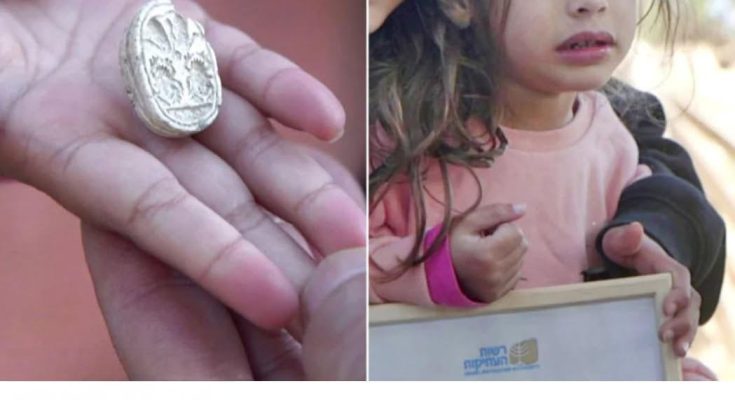On a sunny day, a family’s hike in Israel transformed into a remarkable moment of discovery. At Tel Azekah, three-year-old Ziv Nitzan found a small stone that held a powerful secret. Surprisingly, it was a scarab amulet buried for almost 4,000 years. This find opens a window into a rich past, connecting us to ancient cultures and the famous story of David and Goliath. As we delve deeper, we’ll see how this tiny amulet bridges everyday life, spiritual beliefs, and epic legends. Let’s explore how one child’s curiosity can bring history back to life in the very place where history was made.
A Surprising Find
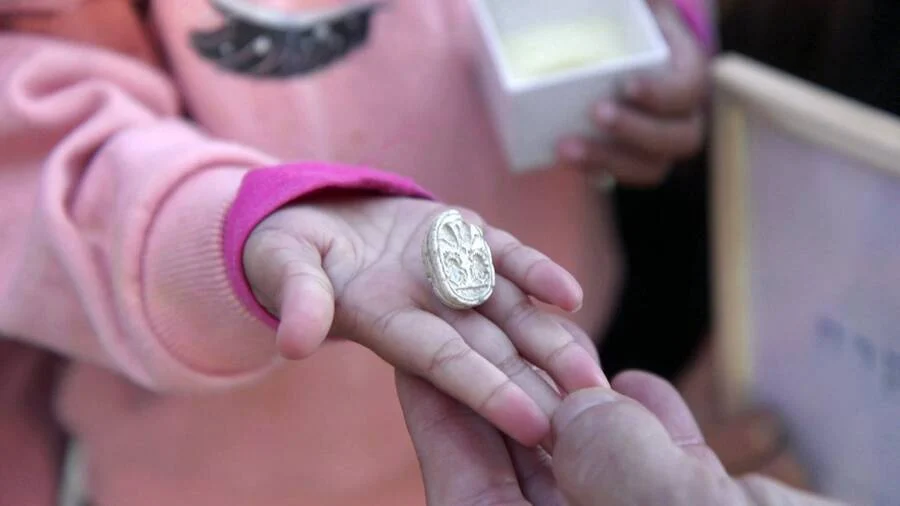
As Ziv explored Tel Azekah with her family, she noticed something unusual. At first glance, it was just a stone. However, closer examination revealed a scarab amulet, an ancient symbol of protection. Her family quickly shared the find with the Israel Antiquities Authority, which understood its importance. To honor Ziv’s discovery, they awarded her a citizenship certificate. This unexpected moment shows how even small, everyday experiences can uncover big stories. It also reminds us that anyone, regardless of age, can help preserve history’s secrets. In this way, Ziv’s find shines a light on the hidden stories that lie beneath our feet.
What is a Scarab Amulet?
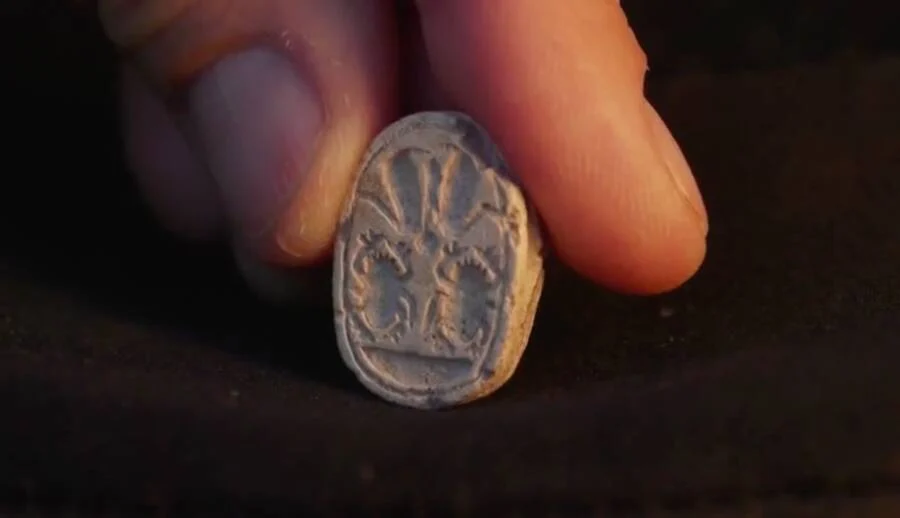
So, what exactly is a scarab amulet? Shaped like a beetle, it was a powerful symbol in ancient Egypt. Representing rebirth and protection, these amulets were carried and used as seals. They moved along trade routes, spreading far beyond Egypt’s borders. Therefore, finding one in Israel is a clue to the connections that shaped this region. While it’s small in size, it carries a big story. This amulet, like many others, traveled through time and across cultures. In doing so, it brings us closer to the people who lived here long before the famous battle of David and Goliath.
Tel Azekah and Its Layered Past
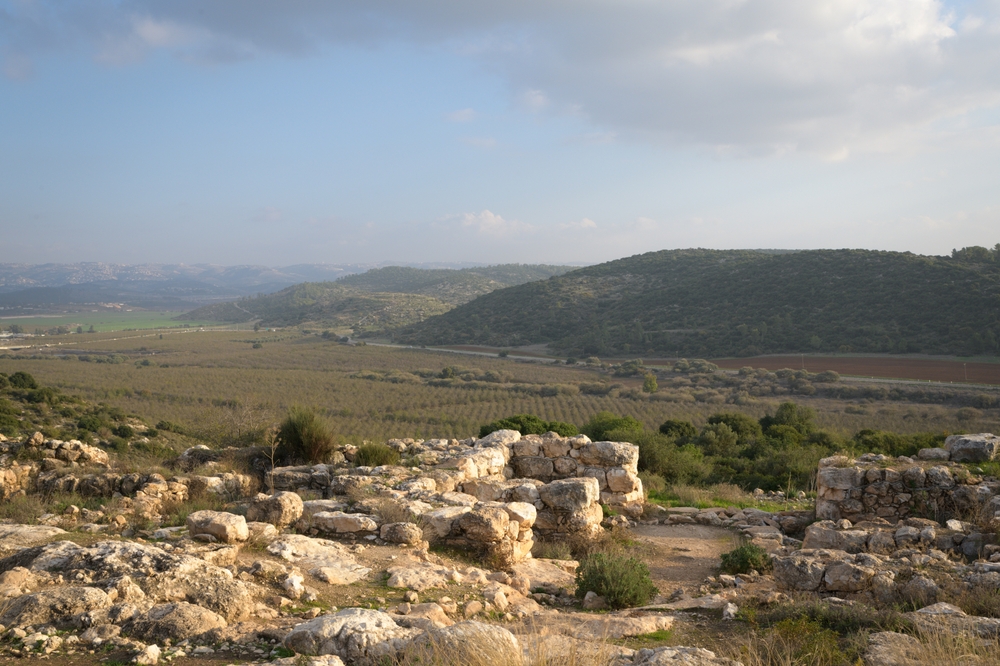
Tel Azekah is more than a hill, it’s a living record of thousands of years. Layer upon layer, it holds the traces of ancient lives. From bustling Canaanite cities to the biblical tales, every part of this mound tells a different story. Archaeologists have found jars, walls, and tools that reveal how people lived and worked. Now, with Ziv’s scarab amulet, we gain another precious link to the past. It reminds us that even as new stories are added, the old ones remain, waiting to be found. With every dig, the layers reveal how much we share with those who came before.
Bronze Age Connections

During the Middle Bronze Age, Tel Azekah thrived as a hub of trade and culture. Scarab amulets moved across seas and deserts, carried by merchants and travelers. In this way, cultures blended and shared ideas. Egypt’s influence reached deep into Canaan, shaping everything from art to daily routines. This amulet at Azekah shows just how connected ancient people were and highlights the peaceful exchanges that built strong communities. The amulet is more than a relic; it’s proof of the bonds that linked ancient cultures together.
Biblical Echoes
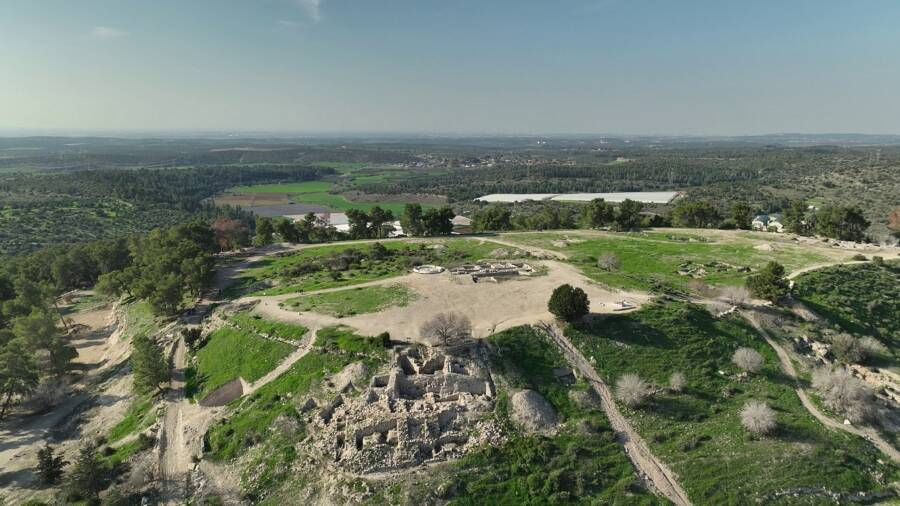
Tel Azekah is more than an archaeological site; it’s woven into the story of David and Goliath. According to the Bible, they met in the nearby Valley of Elah, with Azekah as a backdrop. This epic battle, retold for centuries, adds a layer of legend to the land. Yet, the scarab amulet shows that this site was alive long before the clash. It was a place where people traded, worshiped, and raised families. So, while the story of may captivates us, the amulet reminds us of the quieter lives lived in its shadow. Each find adds new depth to this already storied place.
A Testament to Cultural Exchange
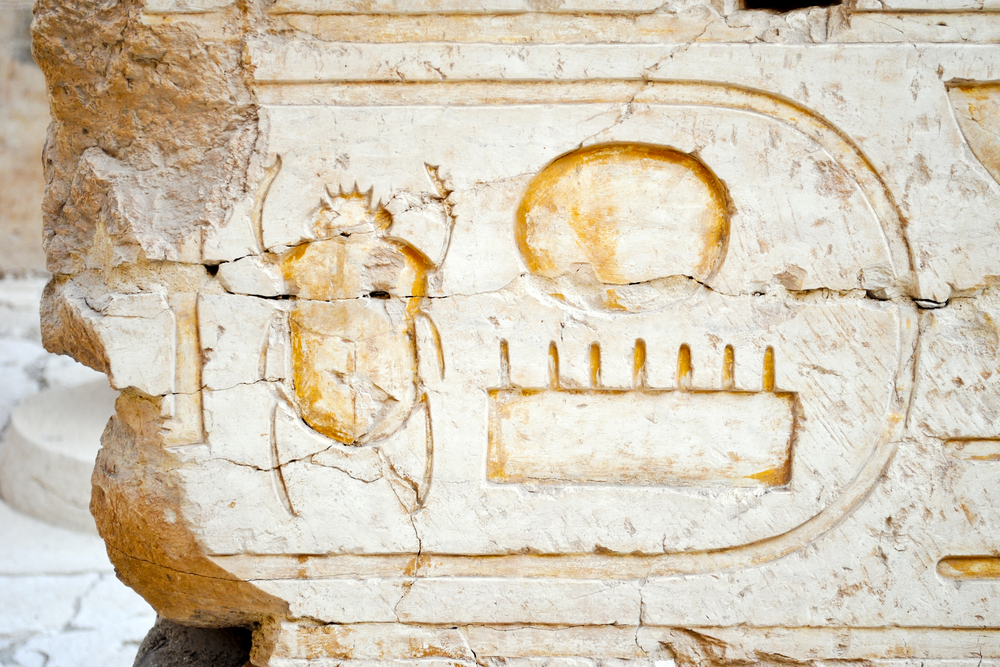
Indeed, the scarab amulet from Tel Azekah proves that cultures never existed in isolation. They shared ideas, goods, and spiritual symbols. This small amulet traveled far, carried by traders or given as gifts. Its journey reveals how people from different lands interacted and shaped one another’s beliefs. It’s a small but powerful testament to the idea that connections, both large and small, build our shared world. With each discovery, we learn more about the forces that unite us.
Recognizing Ziv’s Discovery
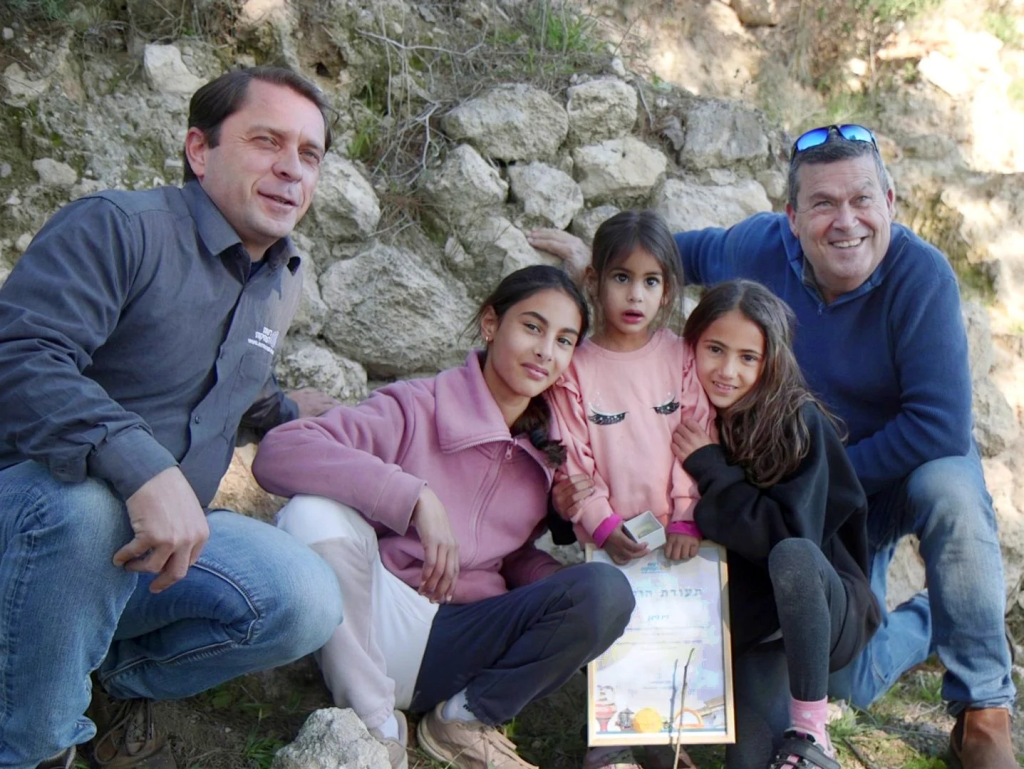
Ziv’s sharp eyes and quick thinking brought this ancient amulet back into the light. The Israel Antiquities Authority saw its value and honored her curiosity. They awarded her a citizenship certificate, proving that everyone can play a role in protecting heritage. This simple moment shows how history lives not just in museums, but in the hands of those who care. Ziv’s find is now a part of Tel Azekah’s story and is a reminder that even small hands can lift big pieces of history from the earth.
Showcasing the Find

The IAA will soon showcase the amulet at the Jay and Jeanie Schottenstein National Campus for the Archaeology of Israel in Jerusalem. Timed to coincide with Passover, the exhibit will bring together other treasures from Canaan and Egypt. Visitors will see how this scarab fits into a larger story of ancient trade and daily life. The exhibit will also show how small finds can reveal big connections. Seeing this amulet displayed alongside other artifacts deepens our understanding of Tel Azekah and the biblical story of David and Goliath. It proves that history always has more to share.
Why It Matters
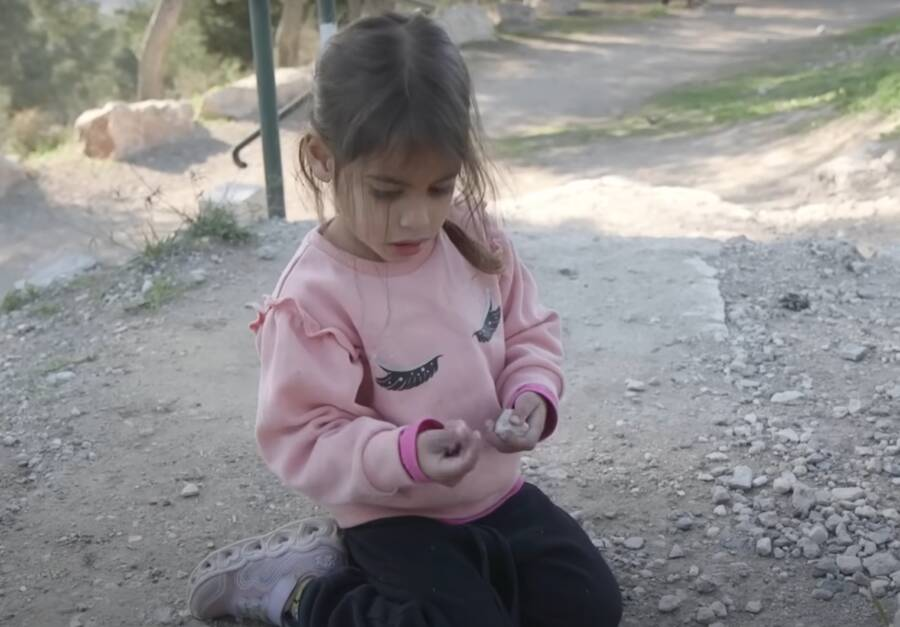
Ultimately, Ziv’s discovery at Tel Azekah matters because it connects us to many worlds at once. It links everyday lives with ancient myths. It shows how even a small stone can travel across time and cultures, carrying stories with it. This amulet also highlights the value of curiosity and of pausing to look more closely at the world around us. When we do, we find that history isn’t lost or forgotten. It waits, patient and quiet, for someone to notice. Each find, like Ziv’s, opens a new chapter in the never-ending story of humanity.
Final Thoughts
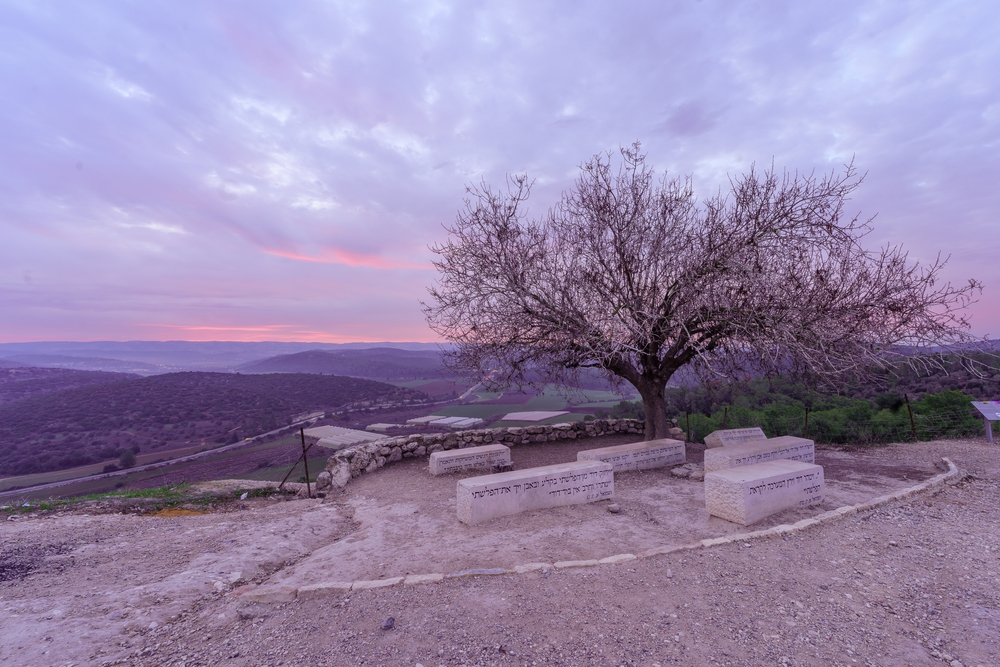
In the end, Ziv’s discovery at Tel Azekah is more than just an exciting moment. It’s a reminder that history lives everywhere. It bridges worlds, from the spiritual power of David and Goliath to the daily lives of Canaanite families. It shows that even the smallest find can tell a big story. As we keep exploring the past, let’s carry Ziv’s curiosity with us because every stone has a story. And with every step, we move closer to the rich tapestry of our shared past.
